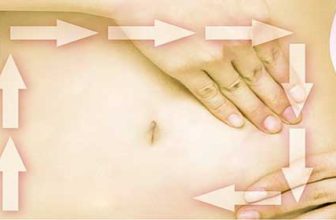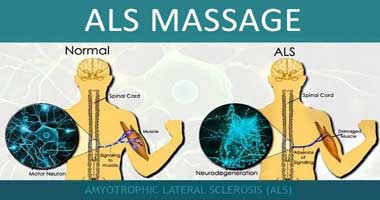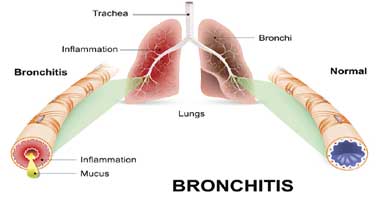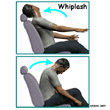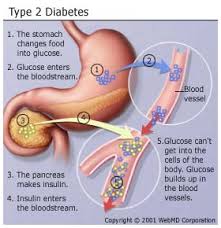
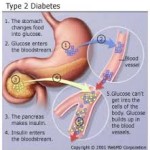 DIABETES is a chronic condition that results in problems with glucose, carbohydrate, protein and fat metabolism. Glucose is a simple sugar that provides energy to all of the body cells. The cells take in glucose from the blood and break it down for energy (some cells, like brain cells and red blood cells, rely solely on glucose for fuel). To maintain a constant blood-glucose level, the body relies on two hormones produced in the pancreas that have opposite actions: insulin and glucagon.
DIABETES is a chronic condition that results in problems with glucose, carbohydrate, protein and fat metabolism. Glucose is a simple sugar that provides energy to all of the body cells. The cells take in glucose from the blood and break it down for energy (some cells, like brain cells and red blood cells, rely solely on glucose for fuel). To maintain a constant blood-glucose level, the body relies on two hormones produced in the pancreas that have opposite actions: insulin and glucagon.
Type I Diabetes Mellitus: aka Insulin- dependent Diabetes / Juvenile Diabetes
- Diabetes mellitus that results from the autoimmune destruction of the insulin-producing beta cells in the pancreas. The lack of insulin leads to increased blood and urine glucose. (Insulin helps the body absorb glucose from the blood).
- Occurs mostly in children and young adults, suggestion that it may be autoimmune, family history of diabetes, more prevalent in people of African, aboriginal and Latin American descent
- Symptoms- frequent urination, glucose in urine, excessive thirst, extreme hunger, unusual weight loss, extreme fatigue, irritability, sweet smelling breath ( due to glucose in the system), nausea or vomiting, slow healing cuts, tingling / numb hands and feet, blurred vision
- Blood sugar fluctuates — very high or very low
Type II Diabetes: Non- insulin dependent Diabetes Mellitus
- the pancreas produces adequate amount of insulin but the body is unable to utilize insulin produced
- Often linked to poor diet
- Usually in adults ( over 45), people who are overweight, family history of diabetes, physically inactive, African , aboriginal or Latin American descent, impaired glucose tolerance
- Symptoms- all same as type 1 diabetes, frequent infections, slow healing cuts, tingling / numb hands and feet, blurred vision
Diabetes Complications:
- Infection due to decreased tissue health
- Distal peripheral and cranial nerves are affected — neuropathies develop
- Vascular damage to macro and micro vasculature
Diabetes Massage CONTRAINDICATIONS:
- If client arrives confused / lethargic = treatment is contraindicated
- If client has hypoglycemic attack, give carbohydrates and discontinue massage ( orange juice, candy)
- Someone with diabetes may need to breathe rapidly, do not encourage diaphraghmatic breating as it may change insulin levels
- Treat appropriately if client has hypertension, peripheral nerve lesions / compression
- Modify pressure with decreased tissue health, modify hydrotherapy as well Diabetes Massage Contraindications
